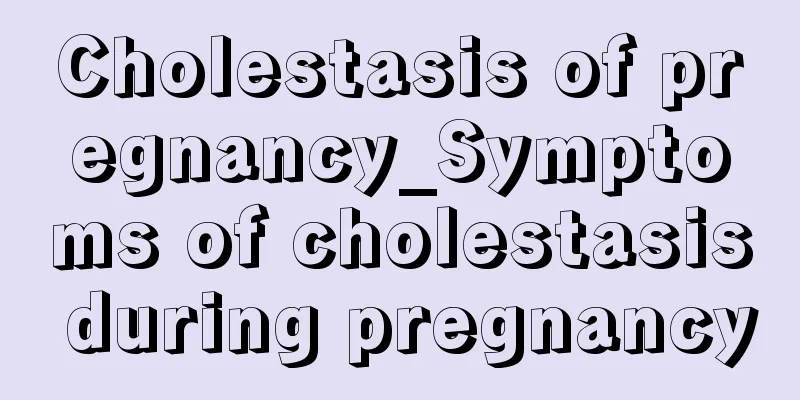What is the cause of phyllodes breast tumor

|
Phyllodes breast tumor is a type of breast tumor. This disease is very rare and accounts for a very low proportion of breast tumors, at 0.3%-0.9%. Phyllodes breast tumors are divided into three categories: benign, borderline, and malignant. They can occur in women of all ages, with the peak being around 40 years old. The population with a higher incidence is premenopausal women and breastfeeding women. Causes 1. Endocrine hormone disorder: Domestic data show that PTB occurs at three high-incidence age stages, namely (1) menarche during adolescence, when endocrine hormones become disordered; (2) cessation of childbearing after marriage and childbirth, when endocrine hormones become disordered; and (3) endocrine hormones become disordered before and after menopause. It rarely occurs in males and prepubertal patients. 2. Formed on the basis of fibroadenoma: Because the onset of the disease in young patients is obviously related to fibroadenoma, and may even have originated from fibroadenoma. Some studies have suggested that the deletion and amplification of certain alleles play a role in the development of fibroadenoma to phyllodes tumor. One-fifth of patients have both lesions at the same time or on the basis of fibroadenoma, and some tumors have the histological features of both fibroadenoma and phyllodes tumor. 3. Other factors: There are also reports related to race, region, hygiene habits, childbirth and breastfeeding, etc. Prognosis protection The prognosis of breast cystosarcoma is generally good after complete resection, mainly through surgical resection. If the surgical resection of benign cases is not thorough, local recurrence may occur. However, better results can still be achieved after a wider resection. Although some malignant cases can be cured locally by surgery, if blood metastasis occurs, it often leads to serious consequences. The characteristics of this disease are: local recurrence often occurs within 2 years after surgery. It is generally believed that age and tumor size have little effect on recurrence. The main influencing factors are tissue type and its biological characteristics and the range of surgical resection. In cases of recurrence, it should be noted that sometimes the lesions become more prone to invasive growth types, but most benign types achieve better results after further local expansion surgery, and some may develop into tissue types different from the original tumor. There is currently no consistent evaluation of the effects of chemotherapy and radiotherapy. Many names It used to have many names: phyllodes cystosarcoma, pseudosarcomatous adenoma, adenomyxoma, carcinosarcoma, papillary cystosarcoma, giant breast myxoma, mixed tumor of the breast, giant fibroadenoma, etc., as many as 60 types. |
<<: What harm does tattooing do to the body?
>>: What harm does running a marathon do to the body
Recommend
What to do if patients with advanced liver cancer experience pain
Pain in the liver area is a symptom that runs thr...
What are the benefits of chest breathing
If you want to keep your body in a relatively hea...
What are the treatments for elbow bone spurs
The situation of elbow bone spurs is relatively s...
The hazards of sodium hyaluronate
Many cosmetics contain sodium hyaluronate. Long-t...
What is the matter with bifurcated pee
Some people's urine forms a vertical column, ...
Is the gold pot coating harmful?
The main coating material of the golden pot is Te...
What is corn
Many people have heard the word corn in some heal...
What is the best treatment for fibroids
Now society is getting better and better, many pe...
How to store perfume so it won’t evaporate?
Most women like to spray some perfume when they g...
What's wrong with the nodules on my neck? You need to know these
Nodules on the neck are medically called thyroid ...
What exercises are suitable for thin people to gain weight?
Thin people also have their troubles. They always...
What is the best treatment for liver tumors?
With the occurrence of many tumors, I believe man...
What to do with rheumatic fever
Rheumatic fever is a common symptom in rheumatic ...
Can chest X-ray examine breasts?
Chest X-ray is a method of monitoring internal or...
What should I do if I get tired easily while studying?
Many of my friends feel particularly tired when t...









